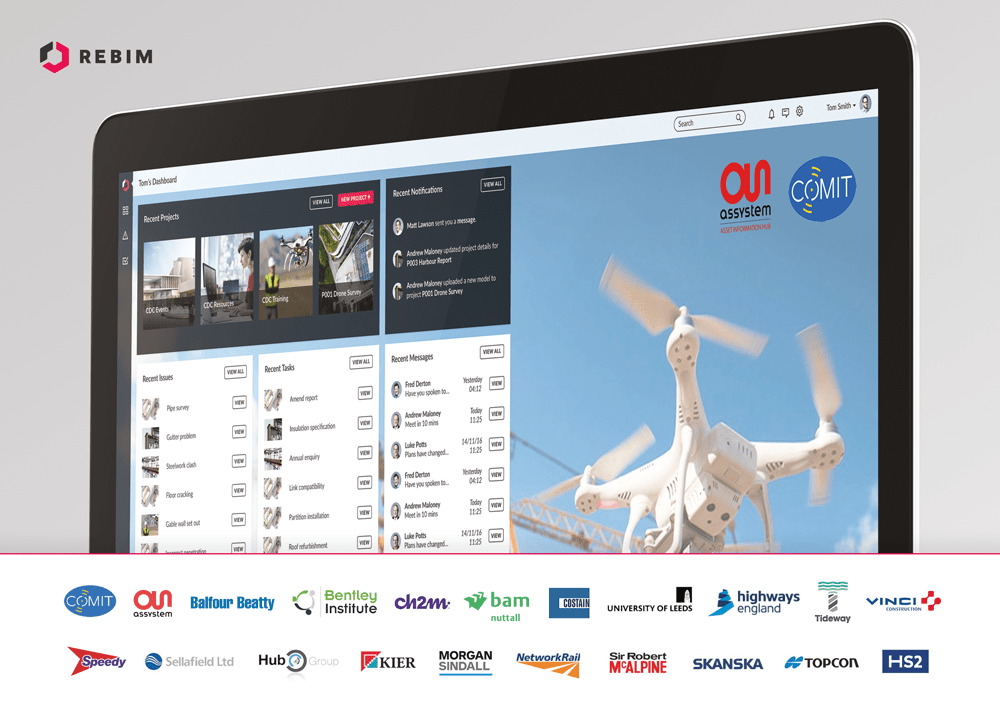
Asset Management for Built Assets
When it comes to digital information systems in relation to built assets we tend to think of BIM.
More specifically we tend to think of BIM in relation to its use in the design and construction phases of new builds. This is despite the fact that new build developments represent only a small proportion of built assets in the UK, and despite that the benefits of using smart information management systems beyond the design stages of a project are huge.
As we know facilities management is the discipline of managing various services to support the O&M (operations and maintenance) of an asset during its use. According to the UK government, the average capacity loss of an asset due to poor O&M strategy is 20%. In order to avoid this capacity loss, we need to start looking beyond BIM as a means of sharing information in the delivery phase of projects and start thinking about information models as a means of asset management.
The Concept of Asset Management
A term most commonly used in the financial sector to describe the discipline of managing assets to achieve the greatest possible return, the concept of managing assets can be applied similarly to buildings and infrastructure. In relation to built assets – such as buildings and infrastructure – asset management is the balancing of operations, maintenance, finance, economics and engineering in order to provide the most cost-effective, sustainable and functional solution possible.

No longer do teams need to spend their time searching for information, no longer are
stakeholders working in silos, no longer is information inaccessible due to software
interoperability issues.
Challenges and Solutions
Built assets including buildings and infrastructure – such as industrial plants and transport networks – are data-rich environments. They begin producing a wealth of data from their very inception through to their use and re-use.
This data can be used to help us achieve better asset management systems. The challenges however include:
– Collating this data in a way that presents valuable information about an asset.
– Making information available in a timely manner, so it is available when needed.
– Putting the right information in front of the right stakeholders.
Thankfully BIM has started to address some of the challenges associated with managing built asset data, however its use is often constrained to addressing these issues within the design and construction phases of projects. This is largely down to information interoperability, poor appreciation of information management across the entire lifecycle of an asset, and stakeholders that have traditionally operated in silos.

How can REBIM help?
REBIM is a digital asset management tool that can be used in both the design and construction of an asset, as well as in the operation and maintenance phases. It allows stakeholders a place to store, access, discuss and share all of the information related to an asset in one place. Used over the lifetime of a building it becomes a powerful system for asset management.
No longer do teams need to spend their time searching for information, no longer are stakeholders working in silos, no longer is information inaccessible due to software interoperability issues.
Models, documents, images, spatial information and task or activity-related information can all be saved in REBIM. Meaning the only thing you need to check up on an asset, schedule a task, or find an important piece of information is an internet connection.
